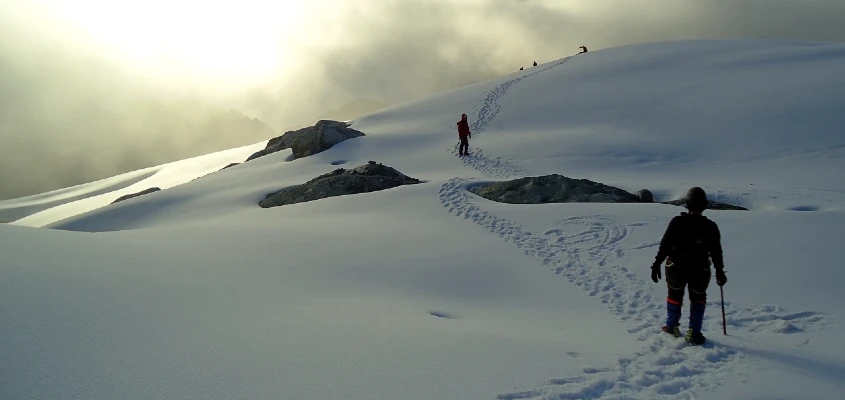Venezuela just marked a somber milestone in the global climate crisis: it’s become the first country in modern times to lose all its glaciers. Sadly, this reality shows the rapid and relentless pace of global warming, particularly in regions previously adorned with perennial ice.
The Last Glacier Falls
The Humboldt glacier, also known as La Corona, was once a frozen expanse covering 4.5 square kilometers within Sierra Nevada National Park. Now, it has dwindled to less than 0.02 square kilometers—an area no longer sufficient to classify it as a glacier. “In Venezuela, there are no more glaciers,” stated Professor Julio Cesar Centeno from the University of the Andes (ULA) to AFP. “What we have is a piece of ice that is 0.4 percent of its original size.”

This dramatic decline from a combined glacial area of 1,000 square kilometers in 1910 to virtually nothing highlights the acute vulnerability of tropical glaciers to climate change. The disappearance of these glaciers isn’t just an environmental issue; it’s a profound loss for biodiversity and water reserves in the region.
A Rapid Retreat
Research spanning from 1953 to 2019 shows a 98% reduction in Venezuela’s glacial coverage, with the most significant losses occurring after 1998. The decay rate surged to about 17% annually after 2016, illustrating an alarming acceleration in glacial retreat.
Luis Daniel Llambi, a researcher from ULA, shared insights from a recent expedition: “Our last expedition to the area was in December 2023, and we did observe that the glacier had lost some two hectares from the previous visit in 2019, [down from four hectares] to less than two hectares now.”
Controversial Conservation Efforts
In a desperate attempt to save the Humboldt glacier, the Venezuelan government covered it with a geotextile blanket in December. This intervention aimed to insulate and protect the remaining ice, but it failed and instead sparked concerns among environmentalists.

The breakdown of the blanket material poses a threat of microplastic contamination, potentially impacting soil, crops, water bodies, and even the air quality. Centeno warns, “These microplastics are invisible, they end up in the soil and from there they go to crops, lagoons, into the air, so people will end up eating and breathing that.
Echoes of a Cooler Past
More To Discover
- Harvard’s Lithium Metal Battery Lasts For Thousands of Cycles And Charges In Minutes
- The Ocean Holds Over $500 Trillion Worth of Uranium and Scientists Just Discovered How To Harvest It For Sustainable Nuclear Fuel
- Shell’s $2.1 Million Legal Action Against Greenpeace Marks a Significant Escalation in Environmental Disputes
- Dubai Floods Expose Global Failure in Urban Drainage Amid Climate Crisis
The loss of Venezuela’s glaciers isn’t just a current issue, but a signal of a changing identity for a country that once hosted cross-country skiing events in the 1950s. This transformation from a land of icy expanses to one without any glaciers speaks volumes about the drastic environmental changes unfolding globally.

As the last remnants of ice vanish, Venezuela is now an example of the immediate impacts of climate change, reminding the world of the urgent need for comprehensive and sustained environmental actions to mitigate further losses in other vulnerable regions.



















